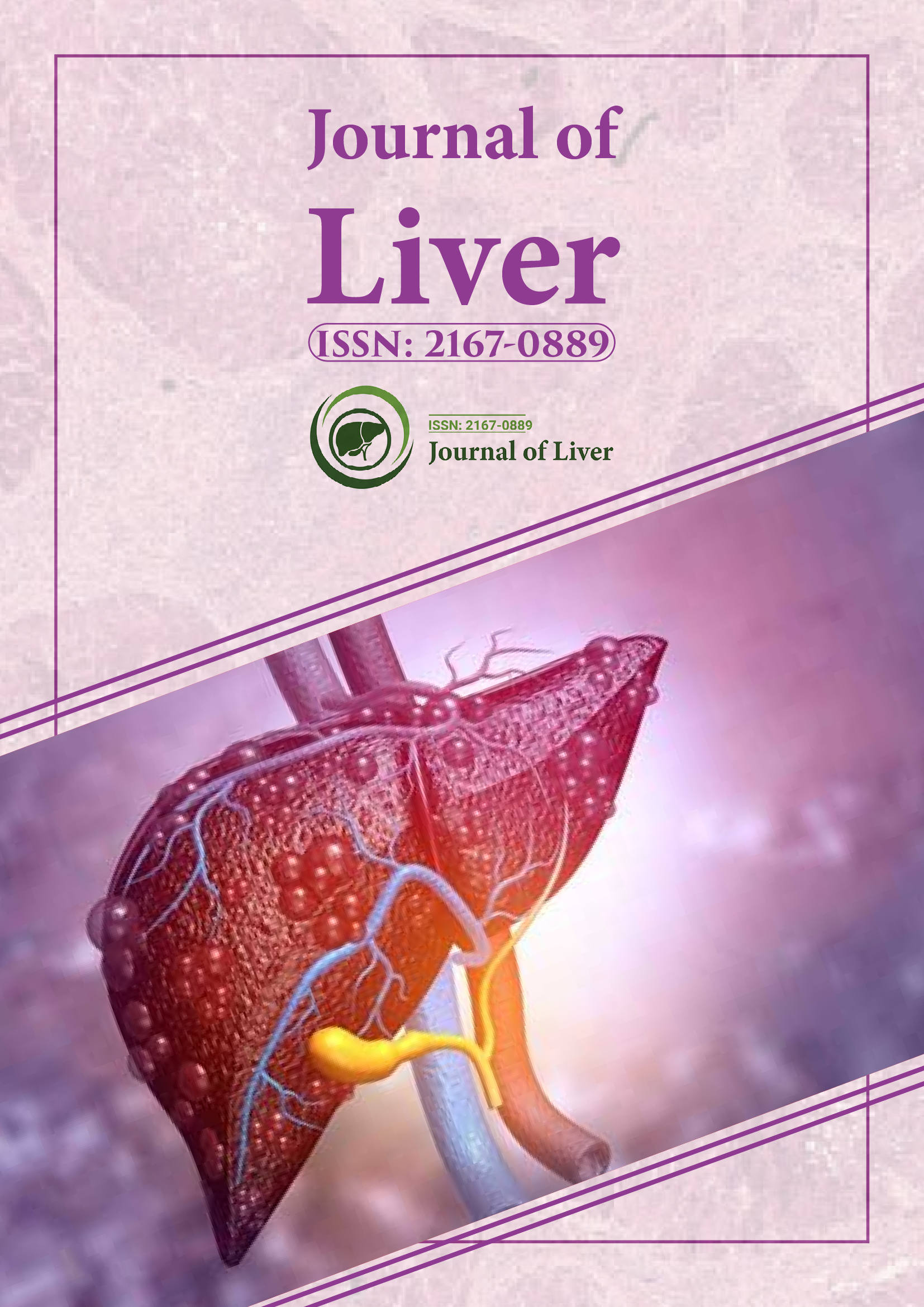Indexed In
- Open J Gate
- Genamics JournalSeek
- Academic Keys
- RefSeek
- Hamdard University
- EBSCO A-Z
- OCLC- WorldCat
- Publons
- Geneva Foundation for Medical Education and Research
- Google Scholar
Useful Links
Share This Page
Journal Flyer

Open Access Journals
- Agri and Aquaculture
- Biochemistry
- Bioinformatics & Systems Biology
- Business & Management
- Chemistry
- Clinical Sciences
- Engineering
- Food & Nutrition
- General Science
- Genetics & Molecular Biology
- Immunology & Microbiology
- Medical Sciences
- Neuroscience & Psychology
- Nursing & Health Care
- Pharmaceutical Sciences
Abstract
Dynamic Molecular Imaging for Hepatic Function Assessment in Mice: Evaluation in Endotoxin-Induced and Warm Ischemia-Reperfusion Models of Acute Liver Failure
Félicie Sherer, Gaetan Van Simaeys, Jesper Kers, Qing Yuan, Gilles Doumont, Marie-Aline Laute, Cindy Peleman, Dominique Egrise, Tony Lahoutte, Véronique Flamand and Serge Goldman
Background: In hepatic transplantation, inflammatory response related to liver ischemia-reperfusion injury is an important cause of hepatocellular damage that may lead to organ dysfunction. This project aims to develop a new method of dynamic imaging for the local analysis of hepatic function using un-metabolized 99mTc-labeled mebrofenin excretion time in the bile canaliculi as a read-out. Methods: C57BL/6 female mice underwent acute liver damage induced either by endotoxin administration or by warm ischemia-reperfusion. Liver damage intensity was assessed with a 99mTc-labeled mebrofenin dynamic planar imaging protocol, together with biological parameters of liver damage — levels of blood transaminases, liver necrosis and neutrophil infiltration. The acquisition data consisted of a series of 60-frame pinhole images performed on a gamma camera. A region of interest was drawn within the hepatic area in order to measure liver activity on each frame. Excretion rate was quantified as the time necessary for the count value to reach 50% (T0.5Exc) and 20% (T0.2Exc) of the maximum liver count value. We compared biological parameters of liver damage — levels of blood transaminases, liver necrosis and neutrophil infiltration — with 99mTc-labeled mebrofenin excretion times in both models of liver damage and in control animals. Results: 99mTc-labeled mebrofenin excretion times (T0.5Exc and T0.2Exc) were significantly increased in both models of liver damage. Conclusions: We concluded that quantification of liver function is feasible in mice using dynamic planar pinhole imaging with 99mTc-mebrofenin as tracer of the hepato-biliary function. This method is particularly suited to the noninvasive evaluation of immune and pharmacological interventions aiming at a reduction of early liver insults related to ischemic-reperfusion phenomenon.
